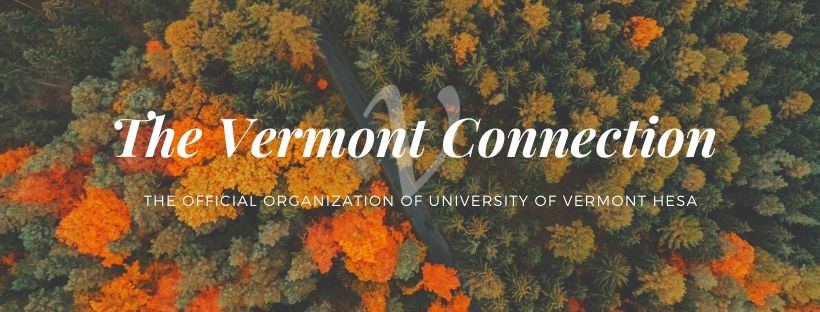
Abstract
https://sites.google.com/view/dsp-community-college/home
Of the students currently enrolled in post-secondary education institutions, more than 50% of college students are attending community colleges. Of these students, 36% are nontraditional students who are between the ages of 22 and 39, 29% first-generation students, and 20% are disabled students. Community colleges and their students are transforming what it means to participate in higher education by providing resources for students with diverse identities, overcoming exclusionary practices that sacrifice students’ physical, mental, and financial wellbeing. As part of a digital storytelling project, we aimed to think critically about injustice in higher education by focusing on a special population or concept, explore these topics through critical theoretical lenses, analyze existing research and best-practices, and present our work in a creative, digital medium. We decided to focus on how community colleges serve low-income students by supporting some of their basic needs: food, housing, healthcare, and technology. Drawing on our research and examples of community colleges who have led the way, particularly during the COVID-19 pandemic, we developed a website as an attempt to demonstrate some of the ideal ways that community colleges could support some of students’ basic needs, thus constructing our ideal community college. Resisting the long history of elitism, exclusion, and sacrifice in higher education is difficult but community co leges are leading the way. Dismantling these oppressive structures by elevating community colleges and their practices that support the basic needs of students is a first step in a revolutionary reimagining of student success.
Recommended Citation
Cavaleri, A., Cuna, G., Palm-Leis, K., & Suchy, R. (2022). Community Colleges Meeting Students’ Basic Needs. The Vermont Connection, 43(1). https://scholarworks.uvm.edu/tvc/vol43/iss1/12
